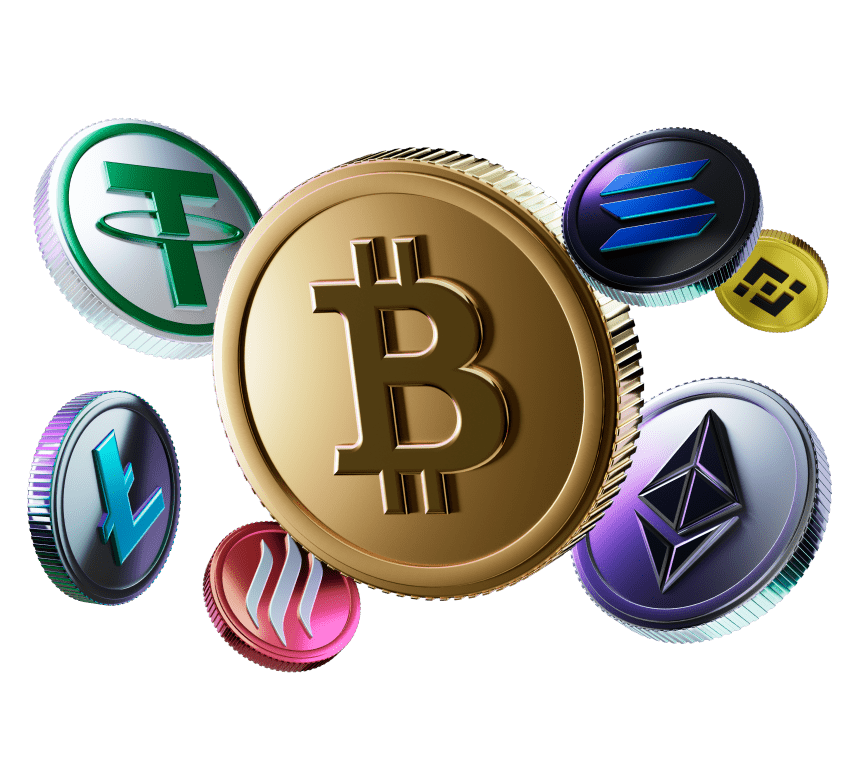Dogecoin Appears Headed for a 'Golden Cross'

- DOGE's weekly price averages appear on track to confirm a bullish golden cross.
- The previous golden cross, seen in early January 2021, presaged an 8,000% price surge.
Dogecoin {{DOGE}}, the world's largest meme cryptocurrency by market value, seems headed toward a repeat of the bullish "golden cross" technical pattern that presaged the early 2021 surge.
DOGE, which has a market cap of about $22 billion, has demonstrated remarkable performance this year, with a price surge of over 70% and significantly outpacing the near 50% increase in bitcoin {{BTC}}, the largest cryptocurrency, according to CoinDesk data.
The 50-week simple moving average (SMA) of the meme token's spot price is now trending north and looks set to cross above the 200-day SMA in the upcoming weeks, confirming a golden cross. In other words, near-term price momentum could soon outperform long-term momentum, potentially evolving into a prolonged bullish trend.
Momentum traders frequently use moving-average crossovers as a part of a structured approach to identifying entry and exit points in the market.

The DOGE price topped its 200-week SMA in March, breaking out of a prolonged sideways consolidation, and has since established a foothold above the critical average.
The impending golden cross would be the first in over three years. The previous one, seen in early January 2021, presaged a four-month rally that saw prices surge over 8,000% to a record 76 cents on Binance.
That said, past data does not promise future results. And that's particularly true in the case of moving average crossovers, which tend to lag prices and have been known to trap traders on the wrong side in traditional markets.
Besides, meme coins like DOGE lack real-world use cases and are mainly driven by speculation, which makes them more sensitive to fiat liquidity conditions and global interest-rate expectations.
During DOGE's early 2021 run, interest rates were near or below zero worldwide, which catalyzed unprecedented risk-taking across all corners of the financial market. That's not the case any more, with rates in the U.S., the world's largest economy, at multiyear highs above 5%.








